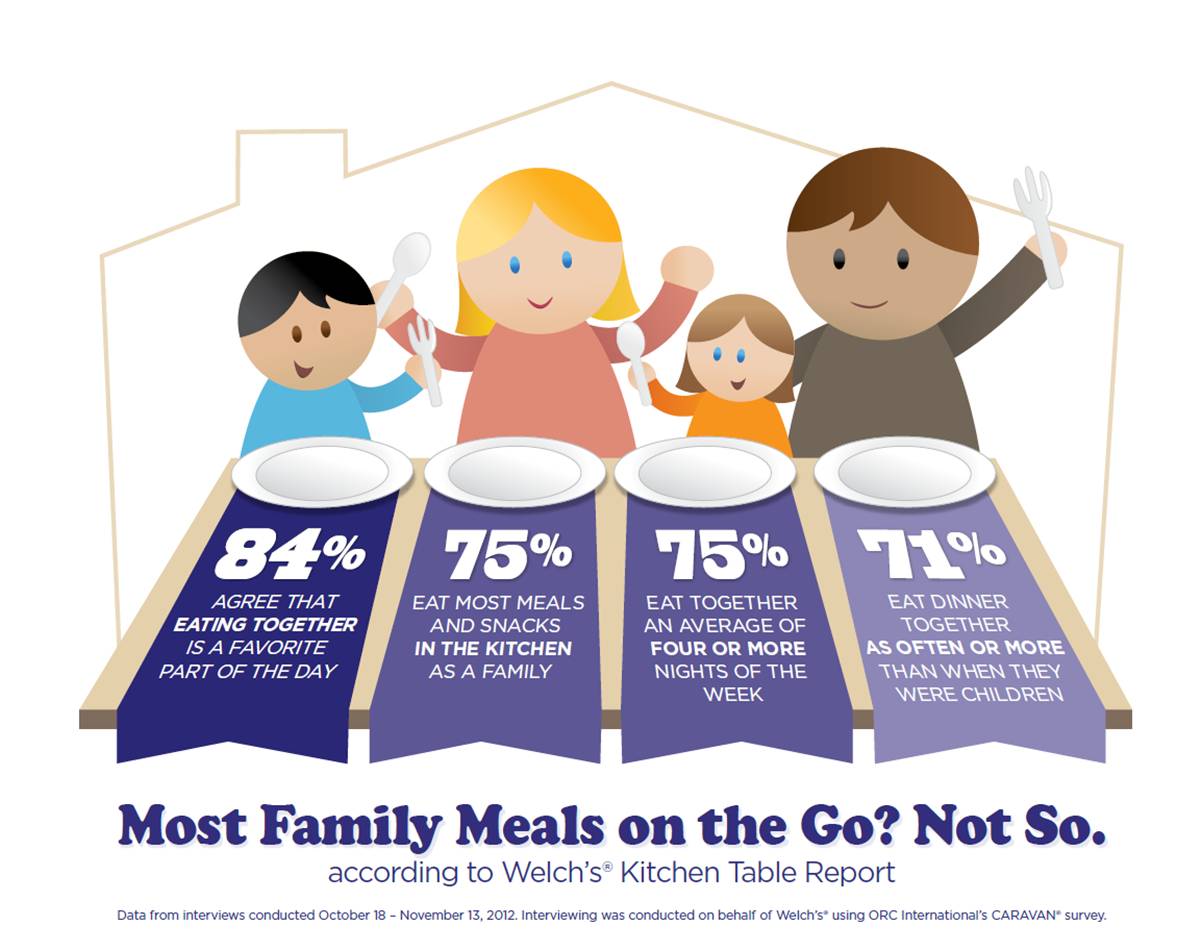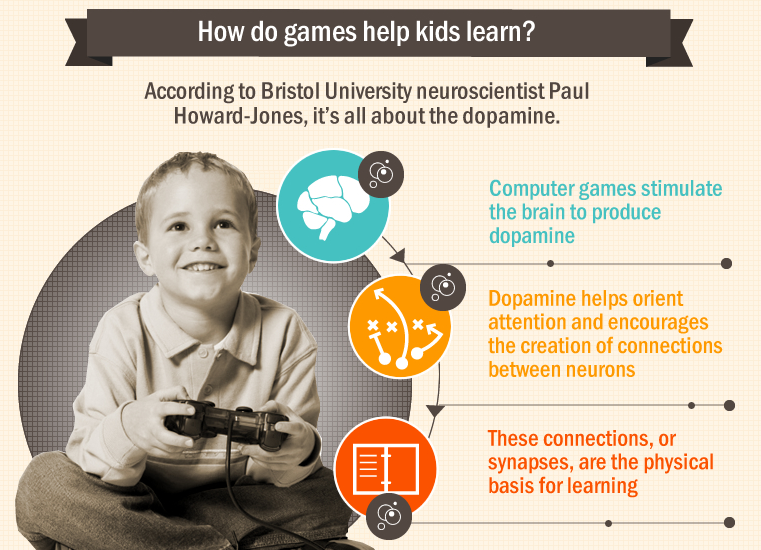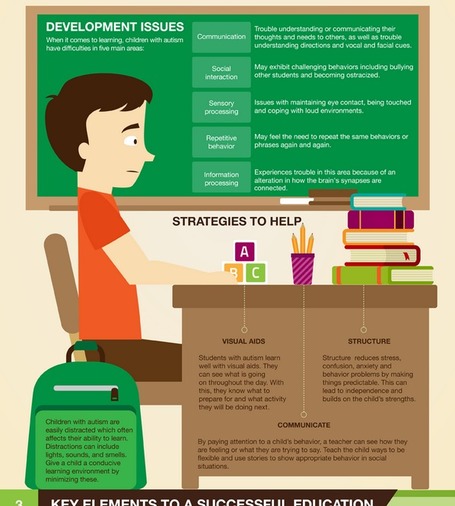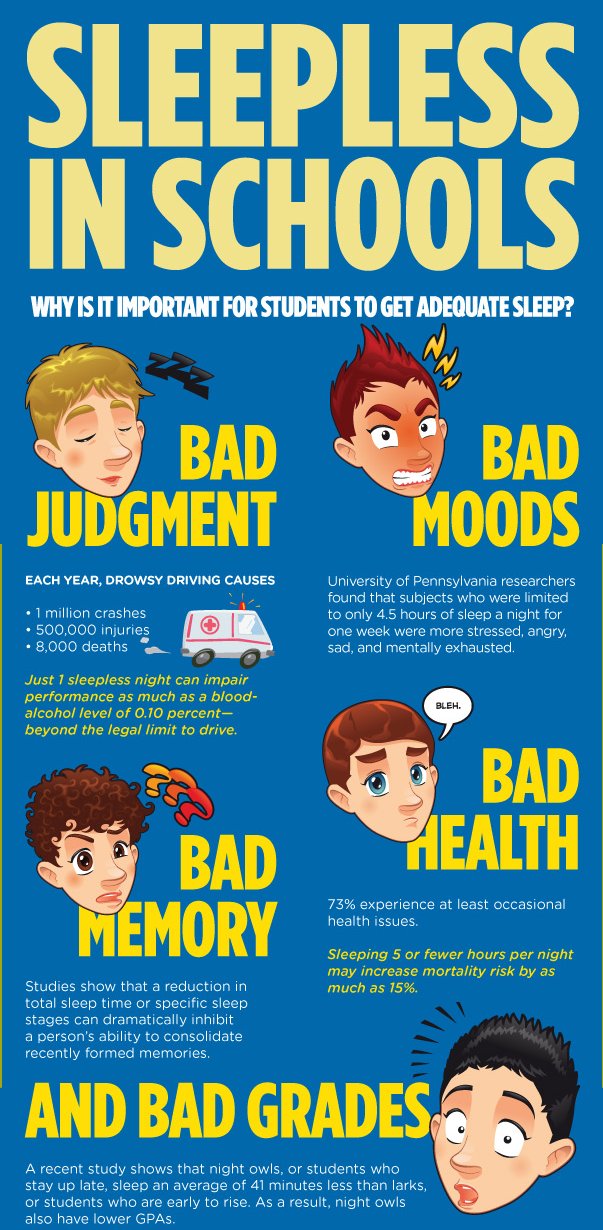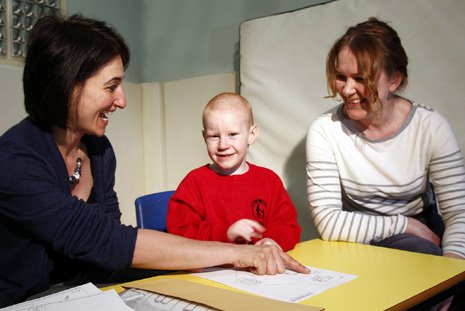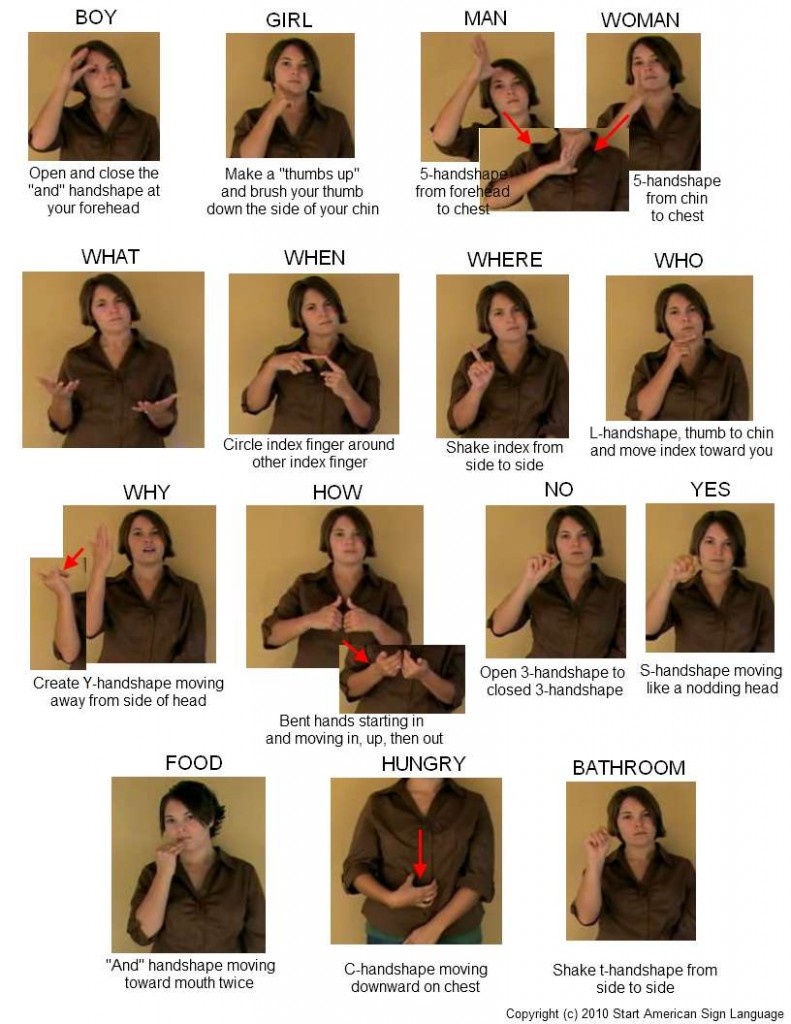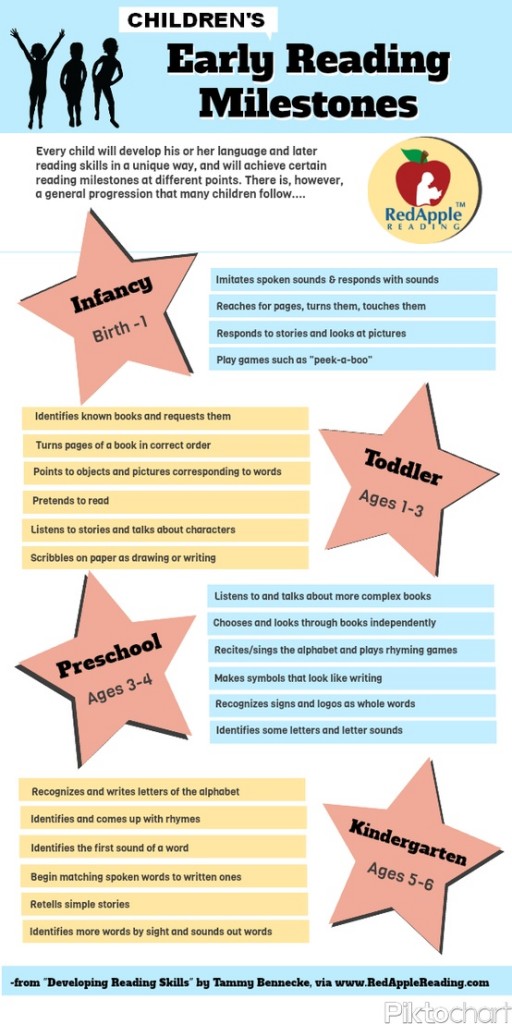After Monday’s post on temper tantrums in preschoolers, I thought it only fitting to share some tricks and tips in speech therapy that encourage good behavior. You may have seen the recent headline, “restaurant gives discount for well-behaved kids,” where the King family from Kingston, Washington received a $4 discount on their dining bill for having well-behaved kids. While the King family says they were just, “being themselves” at the restaurant, many parents of children with special needs struggle with good and appropriate behavior in public settings.

